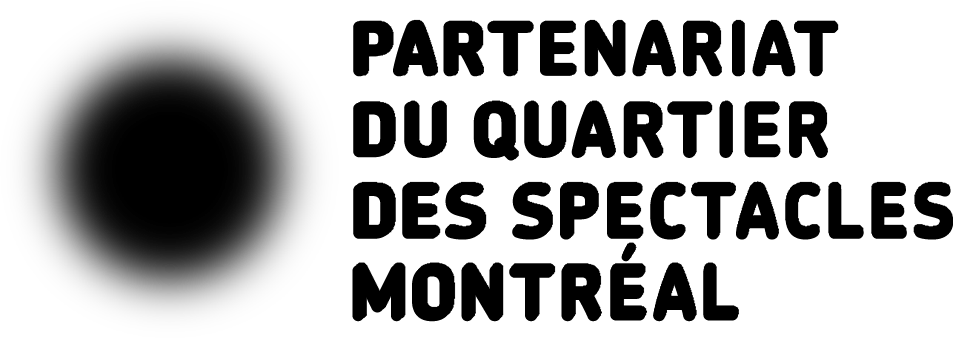Reminiscencia stems from your pandemic quest for a narrative form based on photography. How did you design the dramaturgy for this experience, which, at first, was entirely virtual?
Initially, it was designed for a single spectator, like Paranoia, where I had used WhatsApp to guide a visitor in a space as they searched for a hidden treasure. The piece was built over time out of a dialogue with those who experienced it, and in turn gifted it to other people also confined in Santiago. Their emotional feedback contributed to my research process. Afterwards, I took to Instagram and offered the experience to strangers in Bolivia and Argentina, mustering up the courage to contact various art world personalities who helped me educated myself on theories of immersive and documentary, pop culture, late Chilean avant-garde, etc.
I created Reminiscencia following my belief that spoken words were the only way to breathe life into a virtual realm. To be reminiscent of theatre, the work had to pour out of me without the help of any prior writing. I considered the stage to be alive, and the temporality of the piece to be conditioned by my breathing and my mental state. The text ended up fossilizing, in a way, over the course of repeated performances. By now, it is so ingrained in me that it bursts out like a scenic gesture. Being free from the constraint of subtitles, I can change up the narrative and the archives that I showcase… The flow of the work has to remain unfettered, mirroring the stream of memory.
Have the onstage performances informed the work in any new way?
Bringing the piece out of the virtual realm and onto the stage has given it a whole new dimension. The first time I performed it, the Internet connection went down at the beginning of the show. I had to rely on my own narration and create a mini piece based on the archives on my computer. The fourth wall vanished and the screen became a kind of bonfire around which people huddled to listen to a story. There were moments of laughter and moments of heartbreak. I could feel them following me along this journey on a quest for some sort of meaning that would arise from the coalescence of anecdotes.
That’s when I realized that in person, the piece doesn’t point fingers or condemn—it simply focuses on radical tenderness. It’s about love, family ties, a life spent protesting in the streets for the right to drinking water, shelter, education… I’m 35 and I became an activist at age 14, and this is what I bring to the stage. I am building a legion to join this revolution of tenderness and care.
Land and memory are at the heart of your works. How are they related?
The Incas considered Chile to be the edge of the world and refrained from building any tall structures on the land. The Mapuche community, which I belong to, has no architectural heritage. Nature being our spiritual legacy, the mapping of our territory is transcendent. There are also many sediments in Chile. If I were to dig a hole in the ground, I would find various types of minerals, as well as scores of memories. Among these, the remains of the countless individuals who were disappeared by the dictatorship or by the drug traffic cartels. Closely examining the land and its myriad details is a way of weaving together a reality and raising awareness of what the country has kept buried.
When I showcase what a place looked like in a different time, I summon several forms of death, including horrifying and traumatic ones. When I wonder about the history of a given location, I connect with the past in an attempt to draw analogies and to better understand who we are. By carefully examining these details, we can find answers regarding ways to regain empowerment over our lives and truly become human beings. Otherwise, drug trafficking and the economic crisis will crush and enslave us. Here, people work 45-hour weeks just to be able to feed themselves—they are truly miserable.
Right now, I’m working in collaboration with an 83-year-old man who, through this creative process, uncovered some letters that have allowed him to connect with a part of his family he had no idea existed. This is further proof that the past is not as far away as we think and that it is crucial to start telling its stories again in order to build a better future.










